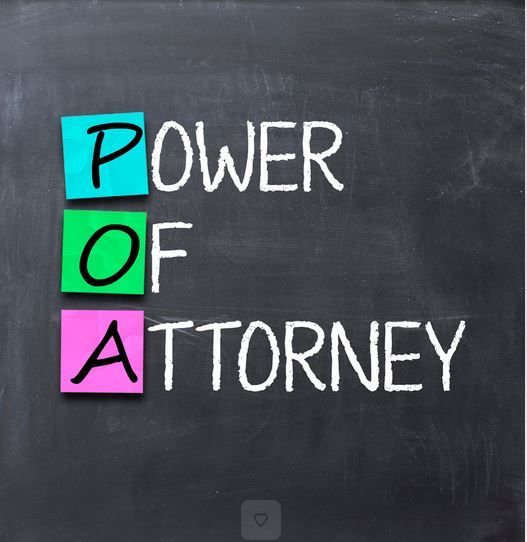Southern Office:
3533 Woodstock Road, White River Junction, VT 05001
(802) 698-8327
Email: office@peetlaw.com • Fax: (802) 860-2822
Business Hours: Monday-Friday 8am-5pm
Southern Office:
3533 Woodstock Rd, White River Junction, VT 05001
(802) 698-8327
Email:
office@peetlaw.com • Fax:
(802) 860-2822 •
Business Hours:
Monday-Friday 8:00-5:00
Preparing Your Vermont Home for Sale: Smoke and CO Alarm Regulations

In Vermont, adhering to specific safety standards is a crucial aspect of real estate transactions, particularly in the sale of residential properties. One key area of focus is complying with the state's requirements for smoke and carbon monoxide detectors, as detailed in Vermont statute 9 VSA Section 2883(a). For homeowners preparing to sell and prospective buyers alike, understanding these regulations is essential.
The seller of a single-family dwelling, including one constructed for first occupancy, whether the transfer is by sale or exchange, shall certify to the buyer at the closing of the transaction that the dwelling is provided with photoelectric-only-type smoke detectors and carbon monoxide detectors in accordance with this chapter. This certification shall be signed and dated by the seller.
If the buyer notifies the seller within 10 days by certified mail from the date of conveyance of the dwelling that the dwelling lacks any photoelectric-only-type smoke detectors, or any carbon monoxide detectors, or that any detector is not operable, the seller shall comply with this chapter within 10 days after notification.
SMOKE ALARM REQUIREMENTS
Photoelectric-only type of smoke alarms are required to be installed in the vicinity of any bedrooms and on each level of a dwelling, for all new dwellings and dwellings that are sold or transferred, beginning January 1, 2009.
The law allows the use of photoelectric and carbon monoxide combination alarms, but it does not allow ionization / photoelectric combination alarms to be used for these specific locations.
Ionization smoke alarms are permitted to be used in supplemental locations for additional protection. Smoke alarms save lives, prevent injuries, and minimize property damage by alerting people to a fire when a fire is still small. Smoke alarms need to be properly installed, maintained, and replaced when needed.
CARBON MONOXIDE (CO) ALARM REQUIREMENTS
CO alarms are required to be installed in the vicinity of any bedrooms for all new dwellings and dwellings that are sold or transferred, beginning July 1, 2005.
Heating appliances that are not working properly are the major cause of unintentional carbon monoxide poisoning in Vermont. Other common sources include emergency generators or space heaters and motor vehicles left running in attached garages.
It is very important to be aware of the early signs of CO poisoning. Exposure to CO can mimic flu systems - headaches, dizziness, disorientation, nausea and fatigue. Higher levels of exposure will result in disorientation and drowsiness, leading to unconsciousness and death. Often the symptoms will be less when the person exposed to carbon monoxide leaves the building, only to have the symptoms reoccur when the person re-enters the building.
POWER SUPPLY FOR ALARMS
Smoke alarms installed in a dwelling constructed after January 1, 1994 and carbon monoxide alarms installed in a dwelling constructed after July 1, 2005 must be directly wired to the building electrical service and have a battery backup.
Alarms that are hard-wired into the home electrical system should be installed by a qualified electrician.
INSTALLATION INFORMATION
Choose smoke and carbon monoxide alarms that bear the label of Underwriters Laboratories or another nationally recognized testing laboratory.
Read and follow the manufacturers’ instructions that are supplied with each alarm.
Install photoelectric-only smoke alarms in the vicinity of any bedrooms and on each level of a dwelling including the basement.
Install smoke alarms in each bedroom for additional protection and interconnect smoke alarms together so if one sounds an alarm, they all sound an alarm, to make sure the alarm is heard.
Mount smoke alarms on flat ceilings no closer than 4” from the adjoining wall surface. Mount smoke alarms on walls no closer than 4”, and not further than 12”, from the adjoining ceiling surface. Do not install a smoke alarm within 36” of a ceiling suspended fan, a supply register or the door to the bathroom or kitchen.
ALARM MAINTENANCE
Test alarms and Clean alarms monthly by gently vacuuming to remove dust and cobwebs to allow proper air flow through all vents. as indicated by the manufacturer's instructions
Install a new battery in all alarms that require changing the battery at least once a year. Immediately install a new battery if an alarm “chirps,” warning the battery is low.
Smoke and CO alarms don't last forever. Replace smoke alarms when they are 10 years old and carbon monoxide alarms when indicated in the manufacturer’s instructions, or when indicated by a trouble alarm on the unit.









CONTACT INFORMATION
Main Office: (802) 860-4767
100 Interstate Corporate Center, Suite 101, Williston, VT 05495
Southern Office: (802) 698-8327
3533 Woodstock Rd, White River Jct., VT 05001
Fax: (802) 860-2822
Email:
office@peetlaw.com
Hours of Operation:
- Mon - Fri
- -
- Sat - Sun
- Closed

